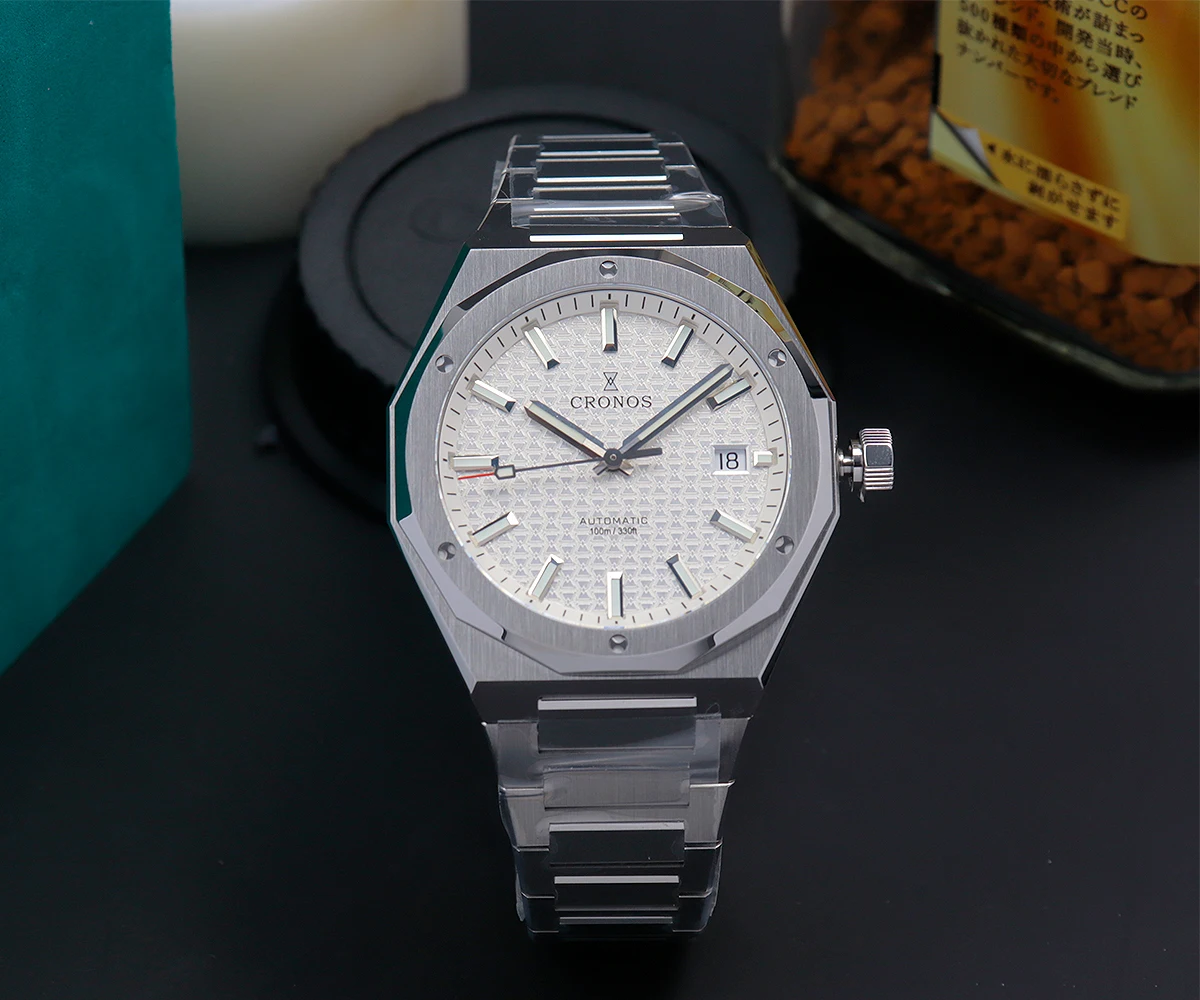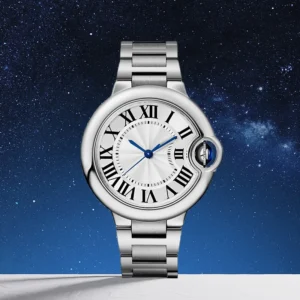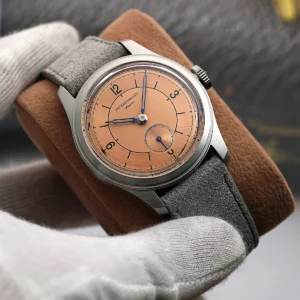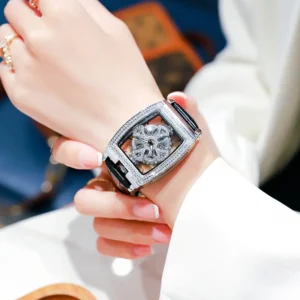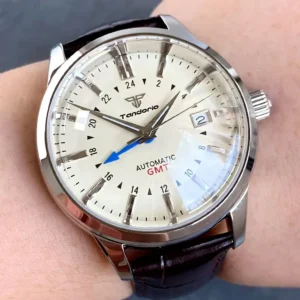Understanding the Essence of a Dress Watch
The dress watch represents the pinnacle of horological elegance—a timepiece designed specifically to complement formal attire while maintaining an understated presence. Unlike their sportier counterparts, dress watches prioritize slim profiles and refined aesthetics over rugged functionality or complex features.
At their core, dress watches embody the philosophy that less is more. These timepieces originated from pocket watch designs adapted for the wrist, intended to discreetly peek out from beneath a suit cuff during formal occasions. Today, they continue to serve as subtle statements of taste and refinement.
The hallmarks of a true dress watch include a thin case that slides easily under shirt cuffs, minimal complications beyond basic time-telling, clean dial designs, and proportions that favor elegance over presence. While sports watches command attention, classic vs minimalist dress watches aim to harmonize with your attire rather than dominate it.
This visual guide will help you navigate the world of dress watches, identifying key style differences to find the perfect match for your personal aesthetic. From traditional to contemporary interpretations, automatic dress watches offer a remarkable range of visual expressions within their elegant framework.
The Anatomy of a Dress Watch: Essential Visual Elements
To truly appreciate dress watch styles, we must understand the fundamental components that create their visual identity. Each element contributes to the overall impression, working together to achieve harmony and elegance.
Proportions and Scale
- Diameter: Traditionally between 36-40mm, though contemporary styles may vary slightly
- Thickness: Typically under 10mm, with ultra-thin models reaching impressive sub-7mm profiles
- Lug-to-lug width: Proportional to case size for balanced appearance on the wrist
Visual Hierarchy
The relationship between dial elements creates visual harmony. Dress watches excel through restraint—each component receives just enough emphasis without overwhelming the whole. This balance between case, dial, hands, and markers defines the watch’s character.
The fundamental dress watch features establish a visual language that signals formality and refinement. Note how the cleaner the design, the more each detail must be perfectly executed. In dress watches, simplicity demands perfection in what remains.
This “less is more” approach doesn’t mean boring uniformity—rather, it creates space for subtle distinctions that differentiate the various dress watch styles we’ll explore. By understanding these foundational elements, you’ll develop the visual literacy to appreciate the nuances of different design approaches.
Case Profiles: The Foundation of Style
The case shape forms the structural foundation of any watch’s style identity, establishing its basic character before any other design elements come into play.
Round Cases
The most traditional and versatile profile, round cases offer timeless elegance. Traditional interpretations feature simple, polished bezels with straight or gently curved lugs. Modern variants might incorporate subtle twists like stepped bezels or architectural lug designs while maintaining the classic circular form. This shape serves as the foundation for most dress watches due to its perfect symmetry and historical connection to pocket watches.
Rectangular & Square Cases
These geometric profiles immediately signal a different design approach. Drawing heavily from Art Deco influences of the 1920s and 30s, square and rectangular automatic watches create a distinctly architectural presence on the wrist. The famous Cartier Tank exemplifies this style with its clean lines and proportional harmony. These shapes tend to wear smaller than their dimensions suggest and create a sophisticated, intellectual impression.
Alternative Shapes
Other distinctive case profiles include:
* Tonneau (barrel): Elongated with curved sides, suggesting vintage sophistication
* Cushion: Softened square with rounded corners, balancing geometric and organic forms
* Oval: Rare but distinctive, creating a unique visual statement
Case thickness dramatically impacts both comfort and formality. The benefits of slim watch cases include not just improved wearability but enhanced elegance—allowing the timepiece to slide discreetly beneath a shirt cuff, the hallmark of proper formal watch etiquette.
Dial Design: The Face of Distinction
The dial is where a dress watch’s personality truly emerges, offering endless possibilities for stylistic expression within the constraints of formal design language.
Hour Marker Variations
The style of hour indicators creates immediate visual impact:
- Applied indices (batons): Clean, modern, and sophisticated—particularly in polished metal
- Roman numerals: Traditional and classical, evoking historical timepieces
- Arabic numerals: Less common in dress watches, but can appear in vintage-inspired or Bauhaus designs
- Dot markers: Minimal and understated, often seen in mid-century inspired designs
Dial Finishing Techniques
The surface treatment of the dial creates subtle but important texture:
- Sunburst/sunray: Light radiates from the center, creating dynamic play with light
- Guilloché: Engine-turned engraving producing geometric patterns, suggesting traditional craftsmanship
- Lacquer: Glossy, mirror-like finish that emphasizes depth and richness
- Enamel: Labor-intensive fired coating creating exceptional smoothness and longevity
- Matte: Non-reflective finish for a subtle, contemporary appearance
These elements work together to establish what defines a classic dress watch aesthetic. The interaction between markers, finishing, and color creates the dial’s character—whether understated or expressive, vintage or contemporary, minimal or detailed.
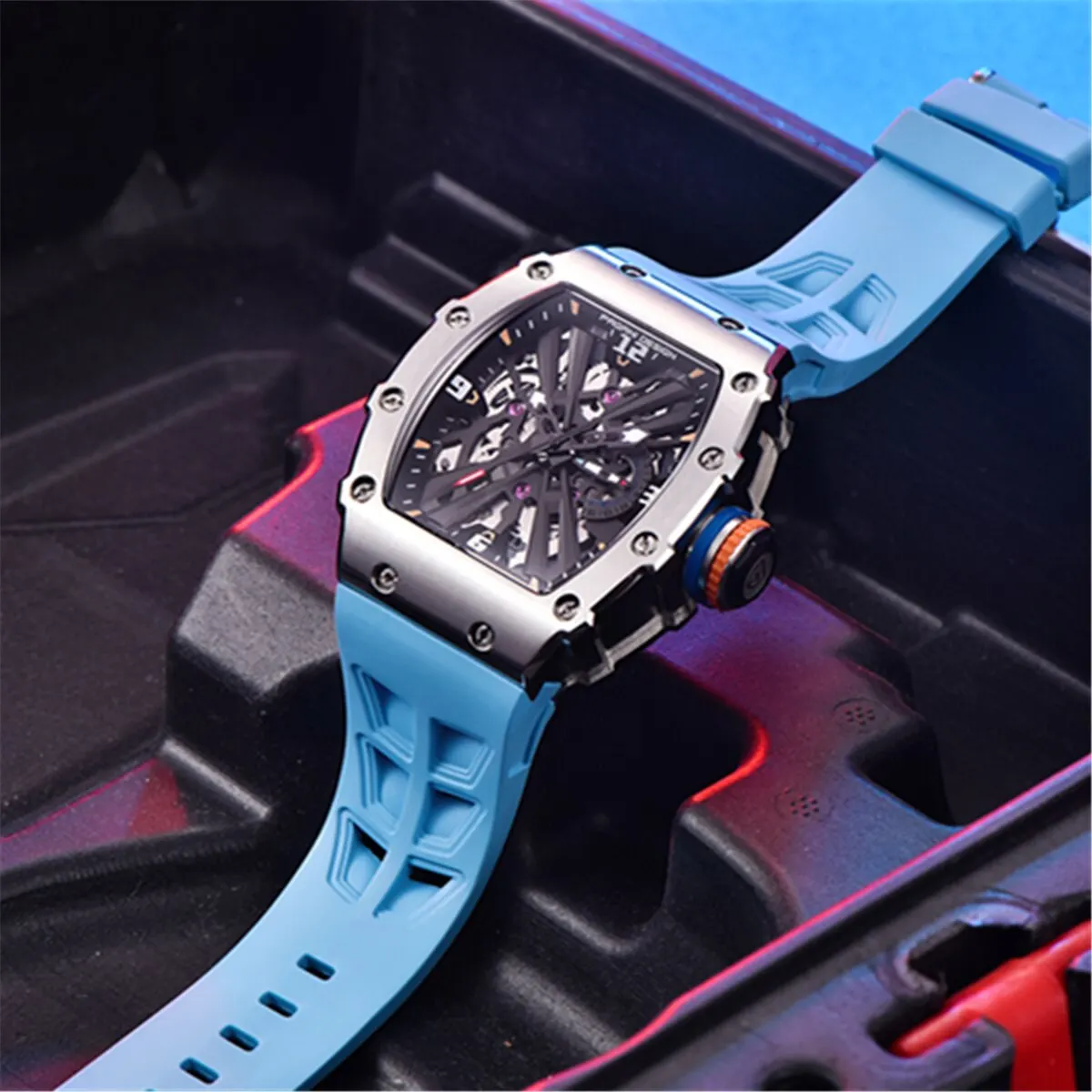
Hand Styles: Subtle Artistry in Time Display
The hands of a dress watch might seem like minor details, but their design contributes significantly to the overall aesthetic impression. Each style carries its own visual language and historical associations.
Classic Hand Styles
- Dauphine: Broad, tapered hands with faceted surfaces that catch the light, creating a bold yet refined look
- Leaf (feuille): Gently curved with pointed tips, suggesting organic elegance
- Sword: Straight, bold design with a strong central ridge, balancing visibility with refinement
- Breguet: Eccentric “moon” tips with hollow circles near the ends, evoking 18th-century pocket watches
- Baton: Simple, straight sticks representing modernist minimalism
Hand proportions matter as much as their shape. The minute hand should precisely reach the minute track, while the hour hand extends about 2/3 of the way to the dial edge. This precise proportionality is among the defining characteristics of classic dress watches, where excellence lies in these subtle details.
The finish of the hands—whether polished, brushed, or heat-blued—affects both legibility and style. Polished hands catch light dramatically but can disappear in certain lighting conditions. Heat-blued hands (traditionally created through careful heating of steel until it achieves a deep blue color) provide both historical connection and superior contrast against light-colored dials.
Classic Dress Watch Style: Timeless Elegance
The classic dress watch represents the quintessential expression of formal timepiece design, adhering to traditions established decades ago that continue to define elegance today.
These timepieces typically feature:
* Round cases in modest diameters (36-39mm)
* Clean, uncluttered dials with minimal text
* Traditional hand styles (often dauphine or leaf)
* Applied hour markers or Roman numerals
* Precious metals or highly polished stainless steel
* Simple leather straps in black or brown
What makes the classic style enduringly appealing is its perfect balance of presence and restraint. These watches command attention not through size or flashy details, but through perfect proportions and thoughtful execution. They represent the purest expression of horological purpose: elegant time-telling without distraction.
The versatility of classic automatic dress watches makes them appropriate for virtually any formal occasion, from business meetings to black-tie events. Their design language also translates well to business casual settings when paired with appropriate straps.
The classic dress watch and minimalist styles may share certain characteristics, but classic designs tend to embrace traditional watchmaking codes rather than stripping them away, preserving connections to horological heritage.
Art Deco & Geometric Dress Watches: Structured Sophistication
Art Deco and geometric dress watches break from circular tradition to embrace architectural inspiration and mathematical precision. These designs trace their lineage to the revolutionary Art Deco movement of the 1920s and 30s, which celebrated machine-age modernity through bold geometrical forms.
The distinctive elements of these timepieces include:
* Rectangular, square, or polygonal case shapes
* Strong emphasis on symmetry and proportion
* Linear hour markers often matching the case geometry
* Stepped or layered design elements
* Clear architectural influences
The rectangular watch case represents a deliberate departure from watchmaking tradition. While round watches evolved naturally from pocket watches, rectangular designs required rethinking the entire approach to housing a movement. This deliberate innovation is part of what gives geometric watches their intellectual appeal.
The design evolution of formal watch styles shows how these geometric approaches have remained relevant through changing fashion trends. Their distinct character makes them particularly well-suited to creative professional environments where classical formality meets artistic expression.
These geometric designs often project a more assertive personality than their round counterparts, making them excellent choices for those who appreciate architecture, design, and visual arts. Their structured elegance communicates precision and attention to detail in a distinctly different visual language than traditional round watches.
Minimalist & Bauhaus Dress Watches: Form Follows Function
Minimalist dress watches represent modernist design principles applied to horology, stripping away ornamentation to focus on pure functionality and visual clarity. Drawing inspiration from the influential Bauhaus design school, these timepieces elevate simplicity to an art form.
Key visual characteristics include:
* Ultra-clean dials with minimal text and markings
* Sans-serif typography and numerals
* Restrained color palettes (often monochromatic)
* Thin, simple hands
* Unobtrusive cases with minimal detailing
* Focus on proportion and balance
The philosophy behind minimalist automatic watches is that beauty emerges from perfectly executed function rather than added decoration. Every element serves a purpose, and nothing extraneous remains. This ruthless editing creates timepieces with remarkable visual clarity and modern appeal.
The definitive guide to minimalist dress watches shows how this style category emphasizes negative space—the unmarked areas of the dial become as important as what remains. This creates breathing room that allows each design element to stand confidently on its own merits.
These watches pair exceptionally well with contemporary fashion and find themselves equally at home in creative professional settings, modern formal events, or artistic gatherings. Their restrained aesthetic makes them versatile companions for various occasions while maintaining an understated sophistication.
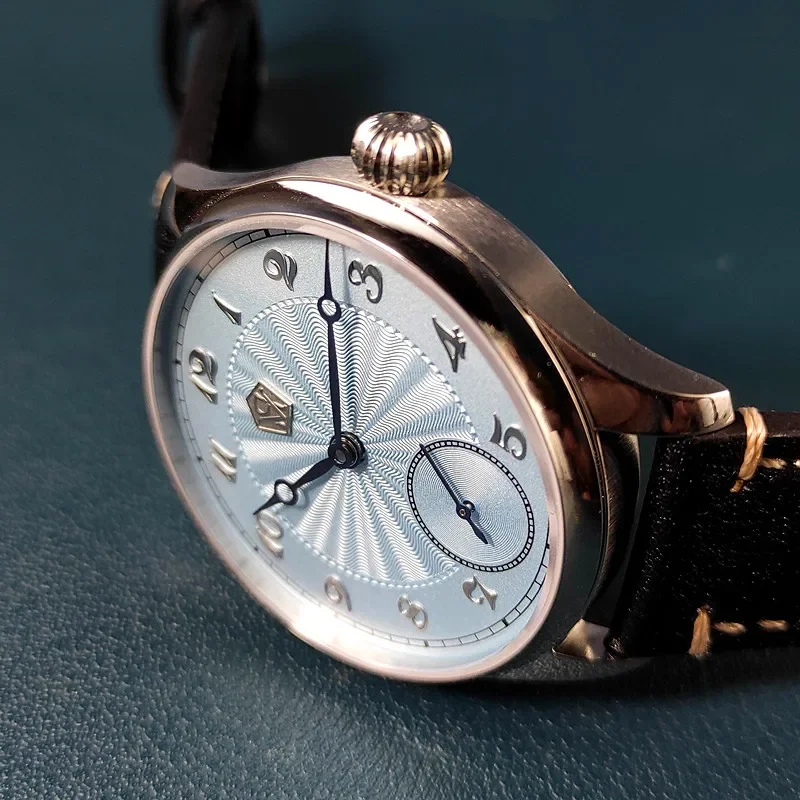
Vintage-Inspired Dress Watches: Modern Nostalgia
Vintage-inspired dress watches capture the essence of bygone eras while incorporating modern manufacturing techniques and reliability. These timepieces don’t merely copy old designs but reinterpret them for contemporary tastes and expectations.
Distinctive elements of this style include:
* Sector or multi-tone dials with separate color zones
* Modest case sizes (typically 34-38mm) reflecting historical proportions
* Domed or box-shaped crystals creating depth and visual interest
* Period-appropriate typography and numerals
* Ladder or railroad minute tracks
* Aged or faux-patina effects suggesting history
The appeal lies in their connection to watchmaking heritage without the fragility or maintenance concerns of actual vintage pieces. Modern movements, contemporary case materials, and improved water resistance make these watches practical daily companions despite their historical aesthetic.
Understanding case size trends in dress watches helps appreciate why these vintage-inspired pieces often embrace smaller diameters than their contemporary counterparts. This historical accuracy in proportions contributes significantly to their authentic character and charm.
These watches excel at bridging different style contexts—equally appropriate with tailored suits, business casual attire, or even smart casual ensembles. Their versatility stems from their connection to established design codes while offering distinctive character that sets them apart from purely modern interpretations.
Ultra-Thin Dress Watches: The Height of Refinement
Ultra-thin dress watches represent horological engineering pushed to its limits in pursuit of elegance. These remarkable timepieces compress all necessary components into profiles often less than 7mm thick—sometimes even approaching an astonishing 4-5mm.
The visual characteristics of ultra-thin watches include:
* Exceptionally slim profiles visible in side view
* Minimalist dials emphasizing thinness
* Restrained case diameters to maintain proportion
* Often precious metal cases highlighting their luxury positioning
* Simple straps that don’t overwhelm the delicate case
The technical achievement of these watches cannot be overstated. Creating reliable movements within such tight constraints requires remarkable engineering solutions—thinning components to fractions of a millimeter while maintaining strength and precision.
Thin automatic dress watches make a subtle yet unmistakable statement. Their slim profile speaks directly to those who recognize the technical mastery required, creating an understated luxury that whispers rather than shouts. This approach epitomizes the dress watch ethos of refined restraint.
These watches excel in the most formal settings, sliding effortlessly under even the tightest shirt cuffs. They represent perhaps the purest expression of the dress watch concept—time-telling distilled to its elegant essence without compromise.
Classic Automatic Dress Watches, Day Date Automatic Watches, Perpetual Calendar Automatic Watches
Price range: $540.60 through $574.60 Select options This product has multiple variants. The options may be chosen on the product pageClassic Automatic Dress Watches, GMT Automatic Watches, GMT Pilot Watches
Price range: $1,240.86 through $1,463.33 Select options This product has multiple variants. The options may be chosen on the product pageClassic Automatic Dress Watches, Thin Automatic Dress Watches
$437.64 Select options This product has multiple variants. The options may be chosen on the product pageClassic Manual Wind Watches, Manual Wind Dress Watches
Price range: $425.50 through $462.50 Select options This product has multiple variants. The options may be chosen on the product page- $104.12 Select options This product has multiple variants. The options may be chosen on the product page
Classic Automatic Dress Watches, GMT Automatic Watches, GMT Dive Watches
Price range: $468.93 through $552.94 Select options This product has multiple variants. The options may be chosen on the product page
Materials and Finishes: The Tactile Dimension
The materials and finishes of a dress watch significantly impact both its visual character and physical presence on the wrist. These elements translate abstract design concepts into tangible reality.
Case Materials and Their Visual Character
- Yellow gold: Warm, traditional luxury with historical significance
- Rose/pink gold: Sophisticated warmth with contemporary appeal
- White gold/platinum: Understated luxury, often mistaken for steel at a glance
- Stainless steel: Modern versatility with brightness and durability
Finishing Techniques
The treatment of metal surfaces dramatically affects how light interacts with the watch:
* Polished surfaces: Mirror-like finish reflecting light dramatically, creating formal brilliance
* Brushed/satin finishing: Subtle, directional texture that reduces reflections
* Mixed finishing: Contrasting polished and brushed elements creating visual depth
* Case side treatments: Often overlooked details like fluting, coin-edge texturing, or engraving
Material choices create distinct personalities even within identical designs. Steel projects contemporary versatility, yellow gold suggests traditional luxury, while rose gold offers a warmer, more romantic character. The manual-wind dress watches available today showcase how different materials transform the same basic design into distinctly different aesthetic expressions.
While precious metals have traditionally dominated formal watch design, modern interpretations increasingly embrace stainless steel’s versatility and accessibility. This material evolution has democratized dress watch ownership while expanding the category’s stylistic range.
Strap and Bracelet Options: Completing the Look
The strap or bracelet forms a crucial component of a dress watch’s overall aesthetic, connecting the timepiece to your wrist while complementing or contrasting with the watch head design.
Leather Strap Variations
- Alligator/crocodile: Traditional formal choice with distinctive scale patterns
- Calfskin: Versatile, smooth leather appropriate for both business and formal settings
- Exotic leathers: Ostrich, lizard, or stingray for distinctive texture and character
- Shell cordovan: Dense, glossy equine leather prized for longevity and patina development
Color Considerations
While black and brown remain the most versatile choices, contemporary styling embraces:
* Navy blue pairing beautifully with both black and blue formal wear
* Burgundy/oxblood offering sophisticated contrast with navy or gray suits
* Gray tones for modern, understated elegance
* Tan or caramel for a more casual interpretation of dress watch style
Metal bracelets, once considered too sporty for formal timepieces, have gained acceptance in modern dress watch design. Slimmer, more refined bracelet designs with polished center links or entirely polished surfaces maintain formal character while offering practical benefits.
The way a strap integrates with the watch case—determined by lug design and strap width—significantly impacts the overall visual harmony. The elegance of minimalist dress watch design often extends to strap integration, with clean transitions between case and leather creating an uninterrupted visual flow.
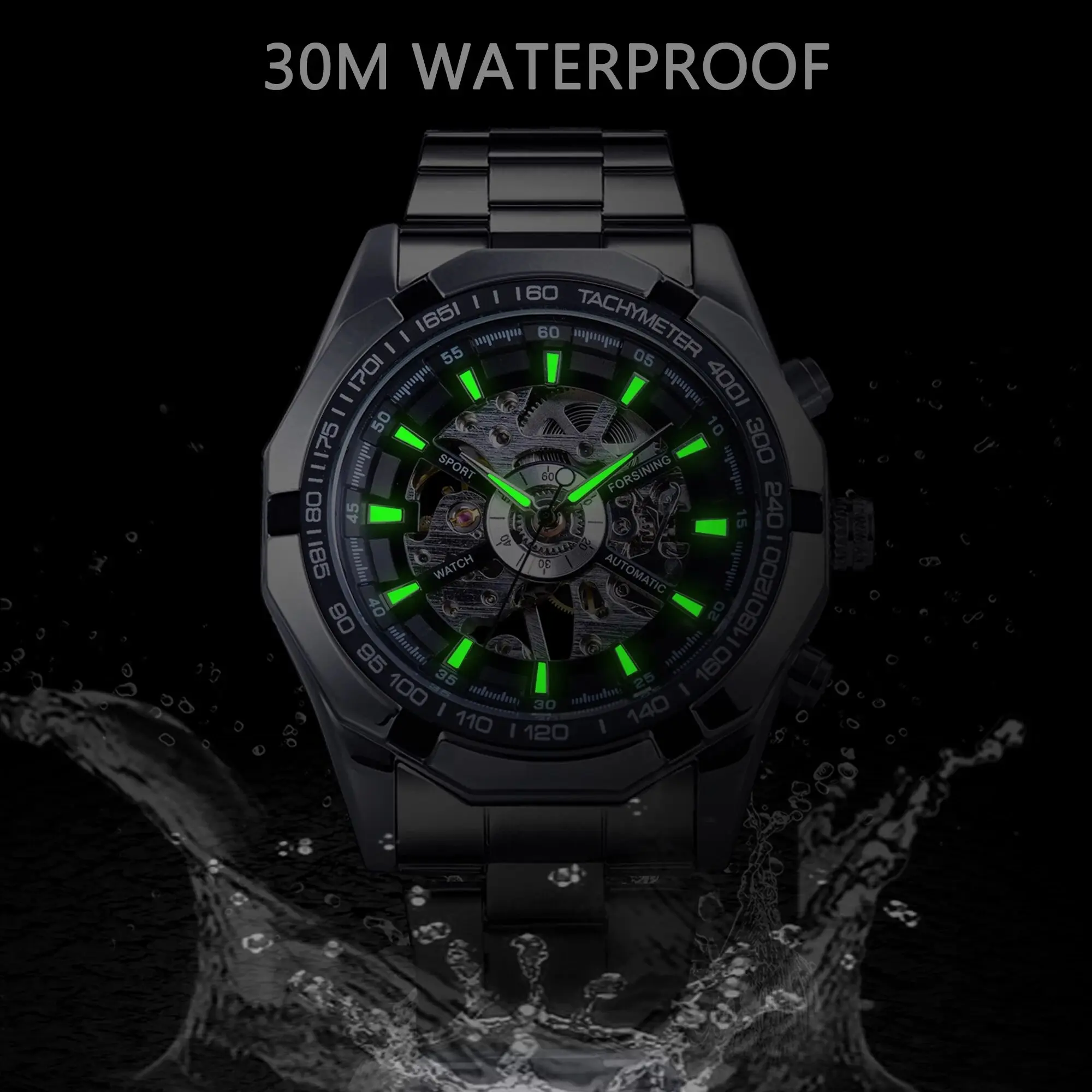
How to Choose Your Perfect Dress Watch Style
Selecting the ideal dress watch involves matching timepiece aesthetics with your personal style, practical needs, and the contexts in which you’ll wear it.
Consider these key factors when making your choice:
Personal Style Alignment
- Classic and traditional: Choose conventional round cases, Roman numerals, and traditional hand styles
- Modern and minimalist: Look to Bauhaus-inspired designs with clean dials and sans-serif typography
- Architecturally inclined: Consider geometric cases like rectangles or squares
- Vintage enthusiast: Explore sector dials, modest case sizes, and historical design codes
Practical Considerations
- Wrist size: Smaller wrists (under 6.75”) generally pair better with 36-38mm cases
- Typical attire: Match watch formality to your regular dress code
- Versatility needs: Consider how often you transition between formal and casual settings
Contextual Appropriateness
- Professional environment: Consider your industry’s formality expectations
- Special occasions: Determine if you need a dedicated formal watch or a versatile daily wearer
- Personal expression: Decide whether you want your watch to blend in or make a statement
The classic and minimalist watch styling guide can help you understand how different design approaches complement various wardrobes and personal aesthetics. Remember that dress watches, unlike sport watches, should harmonize with your attire rather than contrast against it.
Matching Dress Watch Styles to Occasions
Different dress watch styles align naturally with specific occasions and attire. Understanding these natural pairings helps you select the right timepiece for any situation.
| Watch Style | Ideal Occasions | Attire Pairing |
|---|---|---|
| Ultra-thin precious metal | Black tie events, formal galas | Tuxedo, formal evening wear |
| Classic round with leather | Business meetings, weddings | Business suits, formal day wear |
| Vintage-inspired designs | Smart-casual events, creative professional settings | Sport coats, business casual |
| Minimalist/Bauhaus | Modern formal events, creative industries | Contemporary tailoring, minimalist fashion |
| Geometric/Art Deco | Artistic gatherings, unique formal occasions | Creative formal wear, distinctive suits |
When considering how minimalist vs classic dress watches suit different contexts, remember that minimalist designs often transition more smoothly between formal and casual settings, while classic designs project traditional formality more explicitly.
Versatility comes from thoughtful strap selection—a dress watch with interchangeable straps can transform from boardroom formal to evening elegant simply by switching from black to burgundy leather, or from alligator to calfskin texture.
The Evolution of Dress Watch Styles: Then and Now
Dress watch design has evolved continuously while maintaining connections to foundational principles. This evolution reflects changing fashion sensibilities, technological capabilities, and cultural definitions of formality.
Early wristwatches adapted pocket watch aesthetics to the wrist, featuring round cases and traditional dial layouts. Through the Art Deco period, geometric cases emerged as bold design statements. Mid-century designs embraced cleaner aesthetics and slimmer profiles as manufacturing precision improved.
The quartz revolution temporarily disrupted dress watch traditions, but mechanical renaissance renewed interest in classical design codes. Contemporary dress watches now balance historical references with modern sensibilities.
Current trends in dress watch design include:
* More versatile interpretations of formality
* Increased acceptance of larger (though still moderate) case sizes
* Experimentation with dial colors beyond traditional white, silver and black
* Integration of subtle complications like date displays or power reserves
* Material innovations including ceramic, titanium, and advanced alloys
The future likely holds continued dialogue between tradition and innovation, with classic and modern dress watch design evolving together rather than in opposition. New manufacturing techniques will enable increasingly refined executions of both traditional and contemporary aesthetics.
Frequently Asked Questions About Dress Watch Styles
Can a dress watch be worn casually?
Yes, many dress watches transition well to casual settings. Minimalist styles, stainless steel cases, and watches paired with less formal straps like textured calfskin or suede adapt most successfully to casual environments. Consider the overall design—simpler watches downplay more easily than ornate ones.
What size is appropriate for a dress watch?
Traditional dress watches range from 36-40mm in diameter, though contemporary tastes sometimes extend to 42mm. More important than absolute size is proportion—the watch should be thin relative to its diameter (typically under 10mm) and properly scaled to your wrist size. Smaller wrists generally pair better with more modest diameters.
Are metal bracelets acceptable on dress watches?
Increasingly, yes. While leather straps remain the traditional choice for maximum formality, modern dress watches often feature refined metal bracelets. The key is design integration—the bracelet should maintain the watch’s elegant character through slim profiles, polished surfaces, and sophisticated link designs.
Can a dress watch have complications?
Traditional dress watch philosophy favors simplicity, but subtle complications are widely accepted. Date displays, small seconds subdials, and power reserve indicators can enhance functionality without compromising elegance. More complex features like chronographs or moon phases push boundaries but can work when executed with restraint.
How does a dress watch differ from a formal watch?
All formal watches are dress watches, but not all dress watches reach full formality. True formal watches represent the most refined subset of dress watches—typically precious metals, under 40mm diameter, very thin cases, and paired with black alligator straps. Understanding different watch features helps distinguish these subtle gradations of formality.

